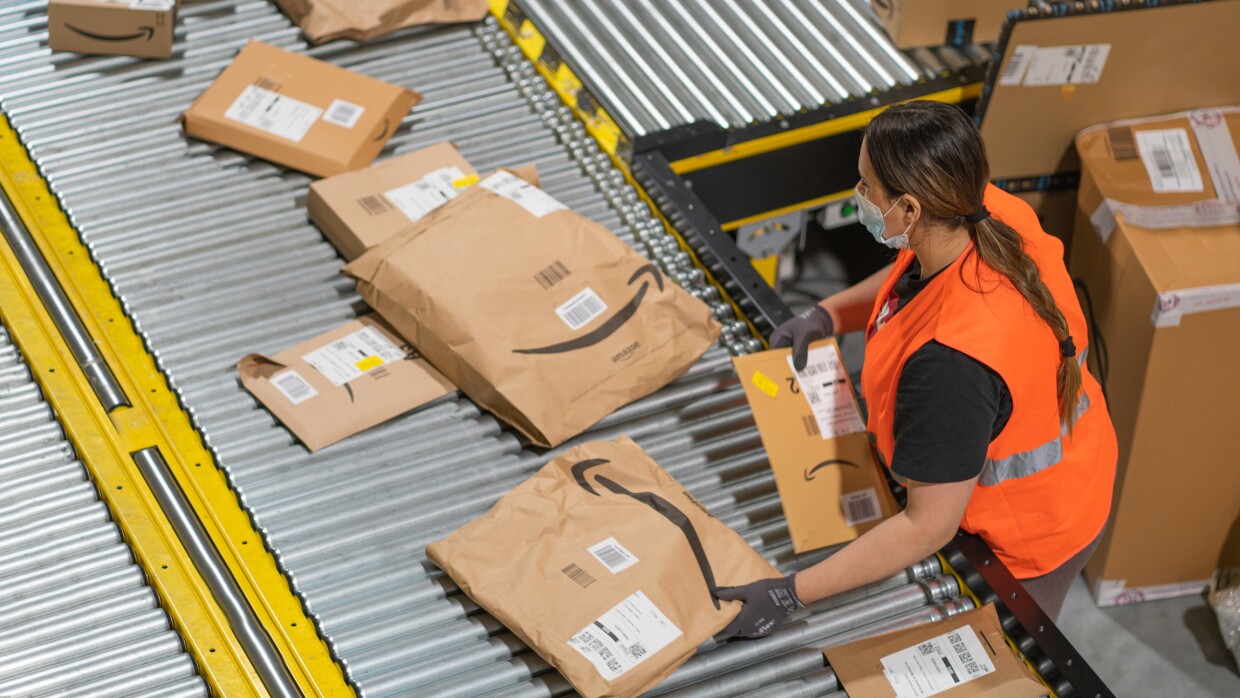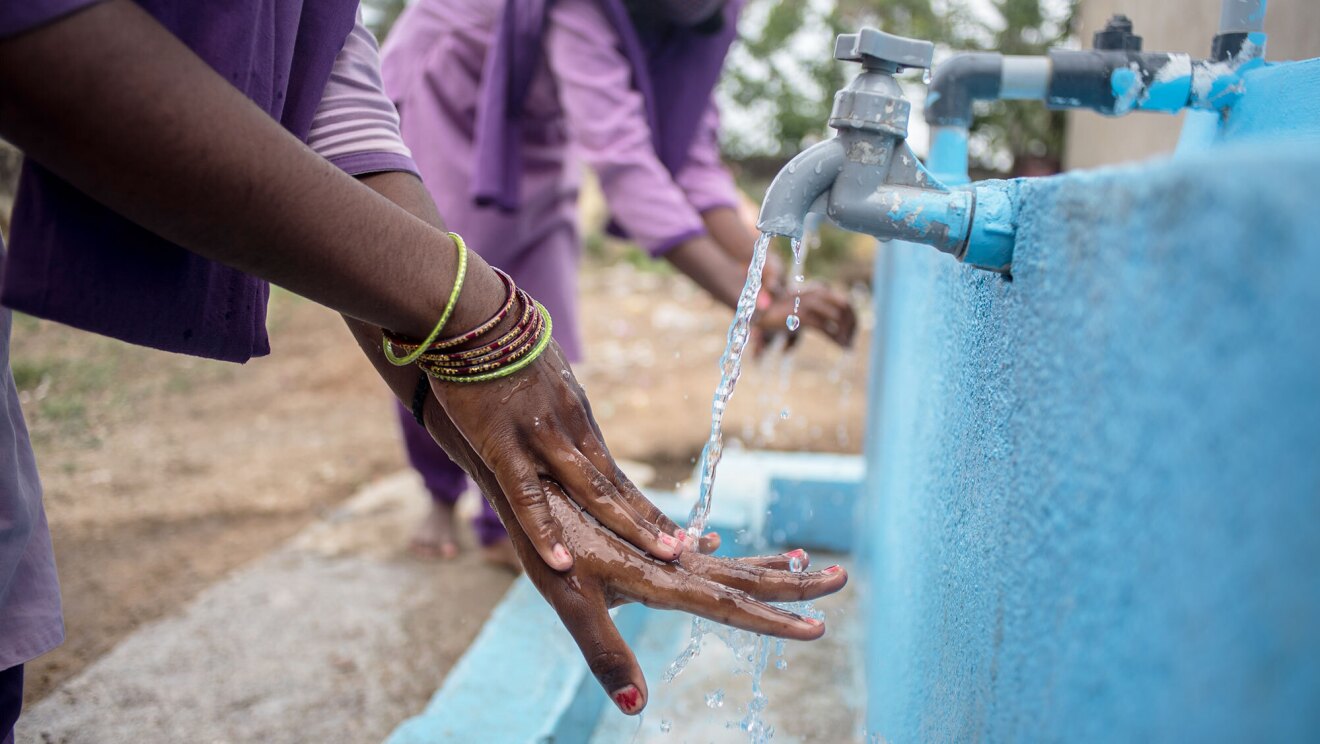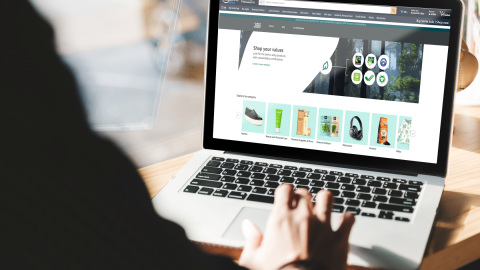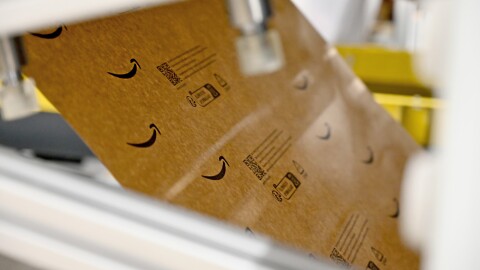We know customers care about the packaging used to ship their Amazon orders. Customers want orders delivered in right-sized, easily recyclable packaging that makes sure the product arrives in great condition and minimises its impact on the environment. At Amazon, we care deeply about our packaging achieving both of these goals, and we have teams of scientists and other experts who are constantly working to reinvent how products are shipped for the good of customers and the planet.
The materials most commonly used in packaging by all kinds of companies have been the same for decades—ranging from paper and plastic to aluminum and glass. Like most other retailers, we leverage a variety of packaging options for product shipping to optimise for strong durability, light weight, and optimal size, including paper-based options, such as boxes and paperboard envelopes—and plastics, such as envelopes and bags. Many retailers adopted plastics for some shipments because they are lightweight, waterproof, and enable less material to be used. And, because they are light and compact, plastic packaging has generally resulted in lower carbon emissions.
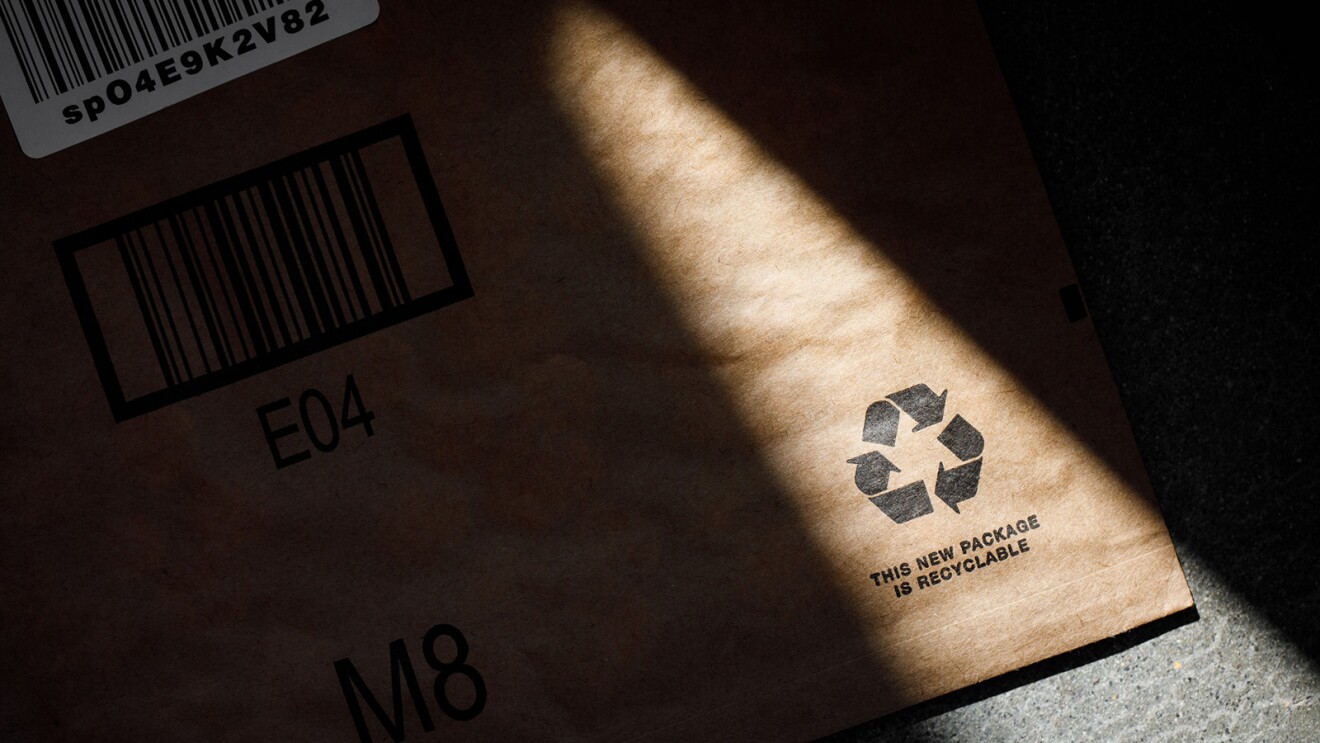
However, plastics, especially single-use plastics, are difficult to recycle, so they are more likely to create waste in the long term. Although the plastic packaging Amazon uses today is recyclable, it generally requires our customers to take the materials from their homes to store drop-off locations. As a company that obsesses about our customers, we recognise it’s not the easiest customer experience. This has created a challenge that Amazon is taking head on—how to continue to find ways to minimise carbon emissions, increase recyclability, and reduce waste.
One of our first priorities has been to eliminate the use of additional Amazon packaging altogether. Over the last several years, we’ve innovated and invested in technologies, processes, and materials that have helped reduce the weight of the packaging per shipment by 38% and eliminated the use of more than 1.5 million tons of packaging materials since 2015, despite the number of shipments having substantially increased as our business has grown.
Additionally, in the midst of a rapid increase in customer orders throughout the pandemic, we continued to take steps to reduce single-use plastics in our outbound packaging. In 2021, we reduced average plastic packaging weight per shipment by over 7%, resulting in 97,222 metric tons of single-use plastic being used across our global operations network to ship orders to customers.1
While we are making progress, we’re not satisfied. We have work to do to continue to reduce packaging, particularly plastic packaging that’s harder to recycle, and we are undertaking a range of initiatives to do so.
Right-sized packaging
First, we’re working to use as little packaging as possible while ensuring a damage-free delivery. Machine learning helps us determine which products are suitable for flexible packaging, such as padded mailers and bags, which are up to 75% lighter than similar-sized boxes. Over the past five years, these algorithms have reduced the use of corrugate boxes by over 35% in North America and Europe. We also introduced algorithms designed to reduce packaging specifically for shipments with multiple items, which decreased the size of packaging for 7% of shipments in North America since launching in 2018. We’ve also been investing in optimising our packaging suite to minimise the amount of paper we use for each package, saving approximately 60,000 tons of cardboard annually.
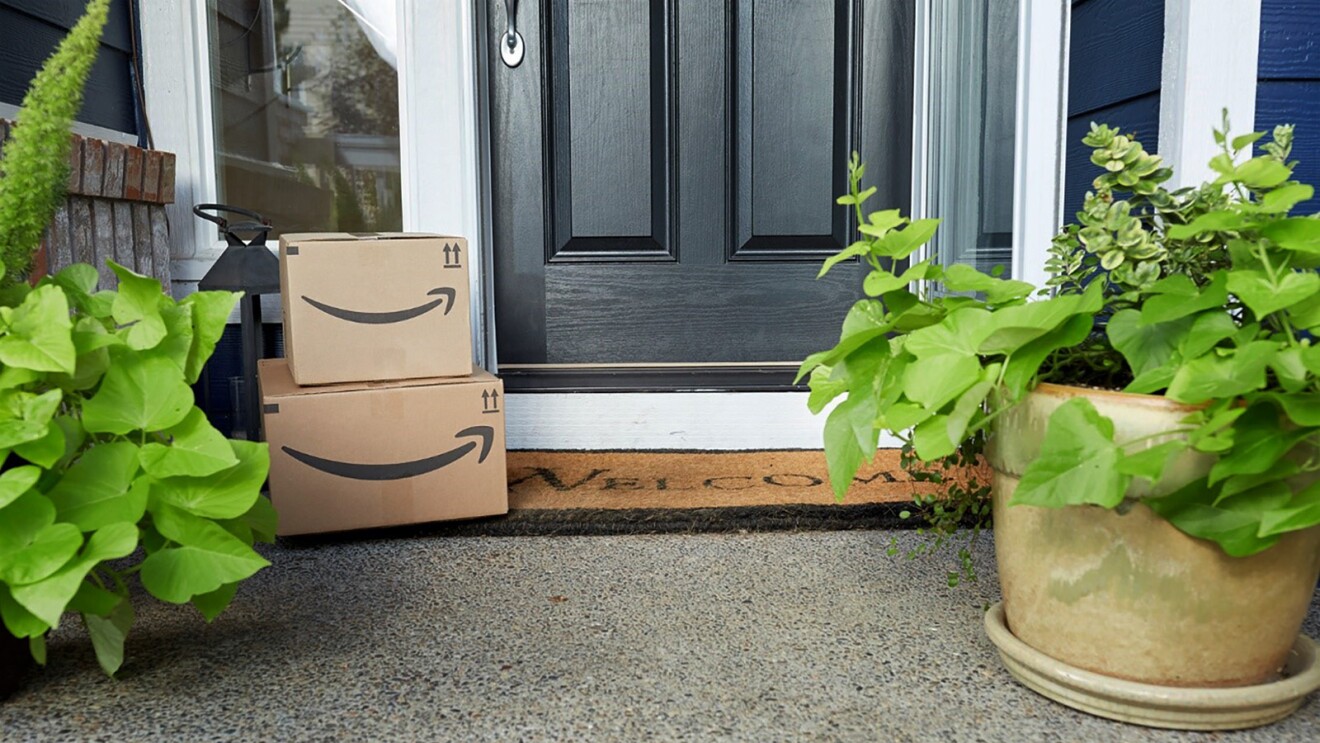
These initiatives build on our Frustration-Free Packaging program, which is designed to reduce packaging and provide customers with easy-to-open, recyclable packaging. More than 2 million products qualify for the program and more than 8% of our shipments shipped in 2021 without additional Amazon packaging. We also work with our selling partners to offer incentives for packaging designed and tested to ship to customers in the manufacturer’s original packaging without the need for additional Amazon packaging.
Reducing plastic packaging
Meeting the challenges posed by plastic-based packaging is more complex. We are taking multiple approaches to help address the end-of-life challenges with flexible plastics, and in the cases where we can’t eliminate the packaging materials altogether, we are looking into replacing plastics with existing alternative material options that are more readily recyclable today.
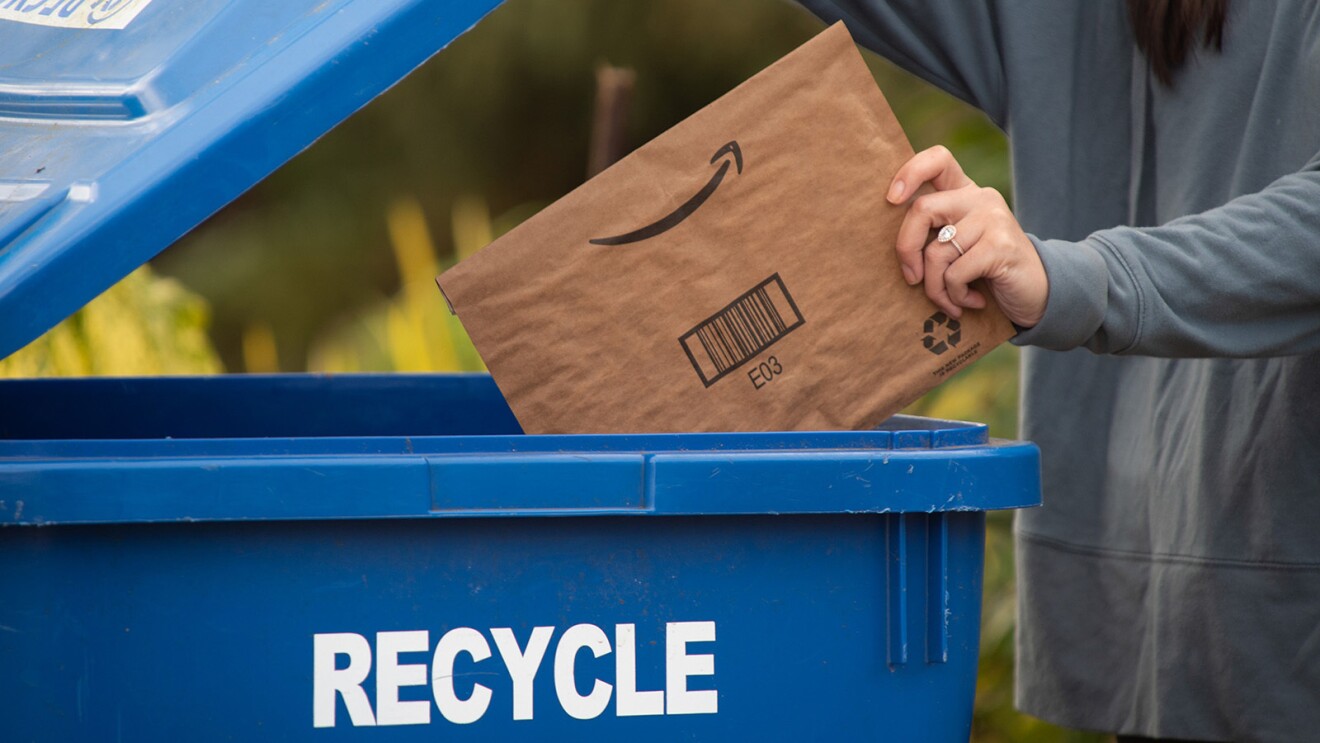
In North America, we introduced the curbside recyclable paper-padded mailer (meaning materials that customers can put in a recyclable bin at their curb to be collected and sorted at a facility) to replace our mixed mailer that used both plastic and paper, and we plan to completely phase out the mixed mailer. In the U.S., we rolled out a new curbside recyclable package that keeps grocery items frozen or chilled during delivery for our Amazon Fresh and Whole Foods Market customers. The package uses recycled paper, which eliminates the need for plastic liners or bubble-bag insulation. In both Europe and Australia, we replaced all single-use air pillows with curbside recyclable paper material to protect goods during shipping.
Where plastic packaging is still currently in use, we are using less material and more recycled content. For example, increasing the recycled content of our plastic film bags for outbound packaging in the U.S. from 25% to 50%, which contributed to Amazon avoiding over 30,000 tons of plastic use in 2021.
Industry collaboration
Plastic packaging is also an industry-wide challenge, and we’re collaborating across the industry to help try to solve it. For example, in 2021, Amazon joined an initiative by the Department of Energy’s BOTTLE Consortium to focus on plastic pollution through innovation in materials and recycling. As part of the consortium, Amazon’s materials scientists and experts are working to develop technologies and materials that will enable the full life cycle of plastics to be net-zero carbon while also addressing plastic waste.
To share the motivating science and studies behind our plastics innovation work with the BOTTLE Consortium, we’re also supporting free access through June 2023 to articles in Nature Reviews Materials on how to improve plastics to accelerate material invention and transformation.
Committed to further progress
Compared to electric vehicles, green hydrogen, or the next generation of photovoltaics, packaging may seem rather mundane. But as you consider practical ways to minimize carbon emissions, eliminate waste, and increase recyclability, packaging is critical. It’s the type of challenge that we thrive on at Amazon, and our dedicated teams are problem-solving how to execute solutions in different countries with varying complexities, simulating deliveries to discover ways to reduce packaging while protecting the product, and exploring innovative materials. We will continue to provide progress updates in the future as we continue on our journey to reduce packaging and waste on behalf of customers and the planet.
1] The single-use plastics in our outbound packaging includes delivery packaging, such as polybags, padded poly mailers, dunnage, prep materials, produce bags, and single-use coolant. It includes shipments from the Amazon Fulfillment Network fulfilled through Amazon owned and operated Fulfillment Centers across Australia, Brazil, Canada, Egypt, France, Germany, India, Italy, Japan, Mexico, the Netherlands, Poland, Singapore, South Africa, Spain, Sweden, United Arab Emirates, United States, and United Kingdom. Additionally, it includes delivery packaging used for shipments from our network, including Amazon Fresh and Whole Foods Market.
We calculate the weight of single-use plastic by multiplying total delivery shipments by the weight of the particular plastic packaging used. In the cases where outbound shipment count is not available, we look at materials purchased, such as dunnage and prep, to estimate the weight of single-use plastic.



